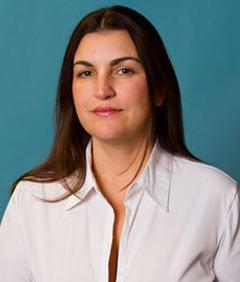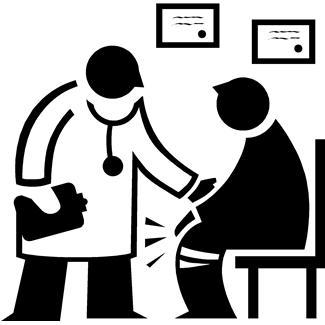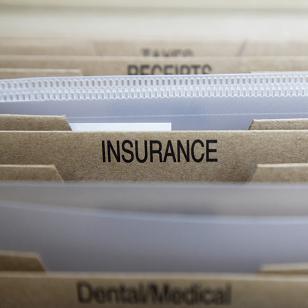 The question below is answered by Chris Murakami, RN, CNOR, and Clinical Supervisor (seen to the left) of The Center for Natural Breast Reconstruction.
The question below is answered by Chris Murakami, RN, CNOR, and Clinical Supervisor (seen to the left) of The Center for Natural Breast Reconstruction.
I live in Florida and would like to come to Charleston to have a bilateral S-GAP by Dr. Kline and Dr. Craigie. Do I need to come in for a consultation first and then come back at a later date to have the surgery or can it be done all in one trip? Please tell me how this is typically handled.
Great question! There are many ways to approach this situation and do our best to try to minimize the number of trips you need to make to Charleston. You are more than welcome to come and have a face to face consult with your surgeon and then make a second trip for surgery. For some women, that is the scenario they prefer. However, since many of our patients do have to travel to access the state-of-the-art procedures offered by our expert surgeons, we’re prepared to perform your first consultation by telephone.
During this call, we talk about the procedure you are interested in and ask some screening questions to ensure you have no medical contraindication. Once this has been established, we’ll set up a time for you to talk with the surgeon of your choice and you’ll both decide which donor site might be the best to use for your breast reconstruction. Your next step would be to notify us when you would like to proceed with the surgical procedure.
When we’ve settled on a surgical date, we order as much of your pre-operative testing in your hometown as we can. The results of this testing is sent to our office two weeks prior to your surgery day. These tests include blood work, urinalysis, EKG, and Chest X-ray. Go ahead and schedule a full physical with your family doctor or internal medicine doctor and obtain a statement of medical clearance for your estimated length of surgical time.
While all of this medical work is happening, our administrative staff has been diligently working behind the scenes, checking insurance benefits and completing all of the pre-certification processes your insurance company may require.
We’d like you to arrive in Charleston a day or two prior to your surgery date. If a breast surgeon is needed to perform a mastectomy we ask you to come two days prior. You would meet with him / her on the day you arrive, in case any testing needs to be ordered by their office.
The day prior to your surgery date is usually the busiest for you, but we try to coordinate all of your pre-operative activities to be as convenient as possible. You would have various appointments scheduled for you, including a pre-operative interview at the surgical hospital, an MRA to map the blood vessels we plan to use for surgery, and a pre-operative marking appointment and consultation with our surgeon that day before surgery.
Once the surgery day arrives, you would report to the hospital at 6:00 am. Our staff and physicians will obtain contact information for your caregivers and keep them updated on the progress of your surgery throughout your time in the operating room. Once the operation has completed and you have recovered from anesthesia, you would be transferred to the women’s services floor of the hospital for the remainder of your four-day hospitalization. Each room is private and has a twin bed in case you have someone who plans to stay with you throughout your hospital stay.
When you have been discharged from the hospital, we ask that you stay in the Charleston area for a few more days, just to assure all is well and we are easily accessible to you. We ask you to come to your first post operative appointment two days after your discharge and again on the day prior to your planned return home. You may still have donor site drains that need to be removed when you return home and we are happy to help you find a medical professional to do that for you if you don’t have a physician in your hometown who is willing to help.
Once you are home, we’re available to you 24/7 to discuss any concerns you may have, but generally, at this point, you have a viable reconstruction that should heal uneventfully. You can look forward to another visit to Charleston only when or if you require a second stage of surgery after a three-month healing period. This procedure would typically be an outpatient procedure and you might just schedule yourself some “tourist time” to enjoy our beautiful city.
—Chris Murakami, RN, CNOR, Clinical Supervisor
Know someone who would benefit from reading this post? Share it with them!














